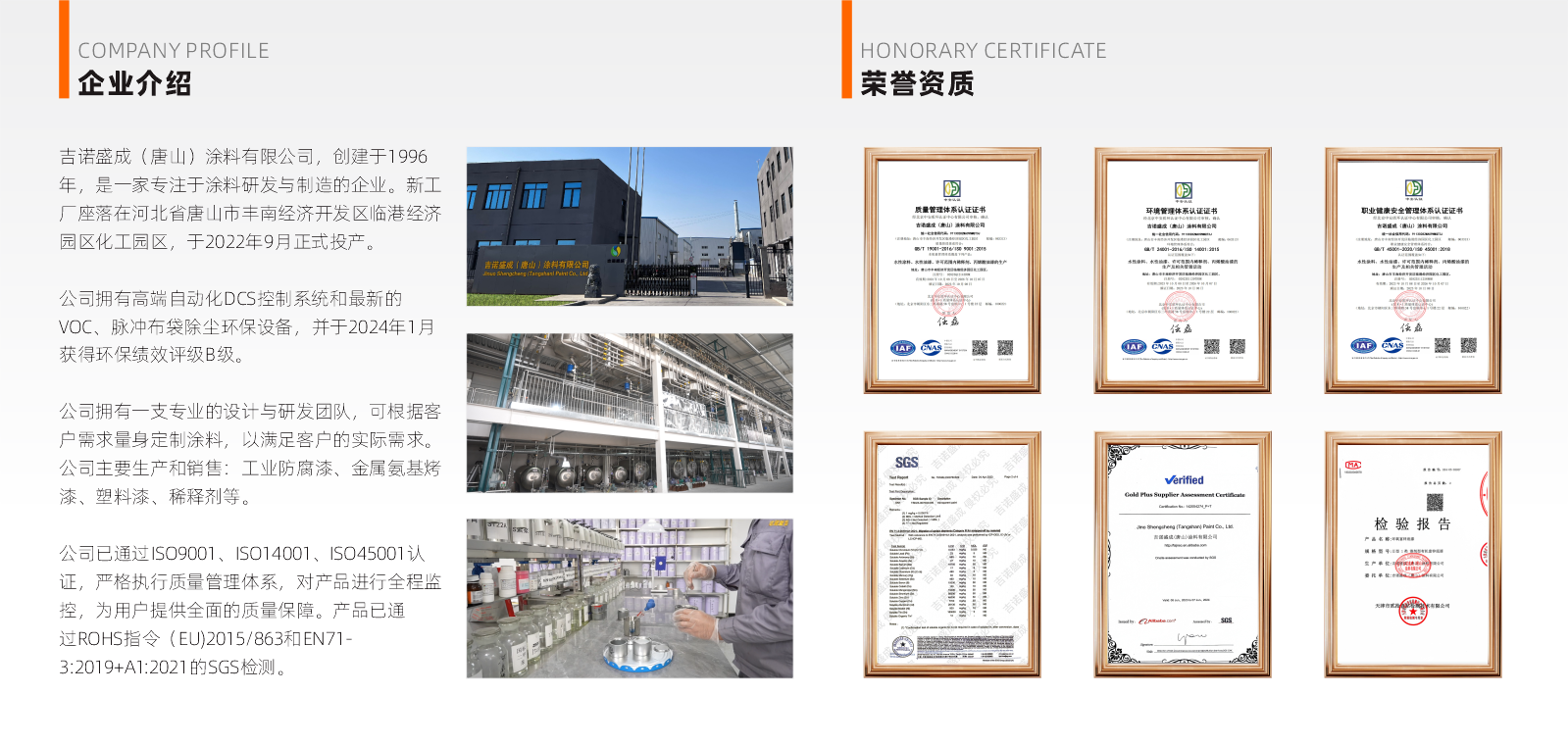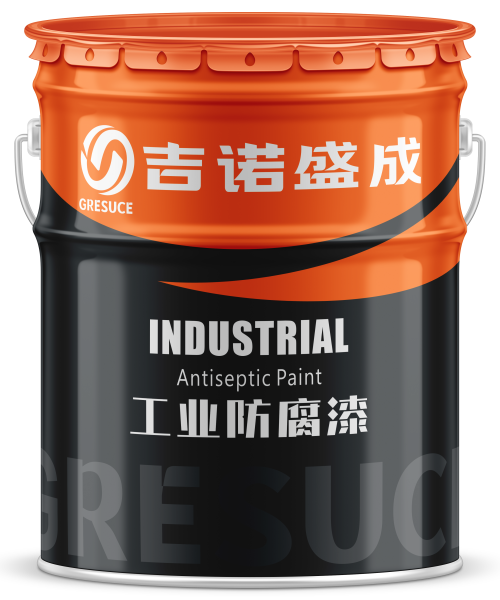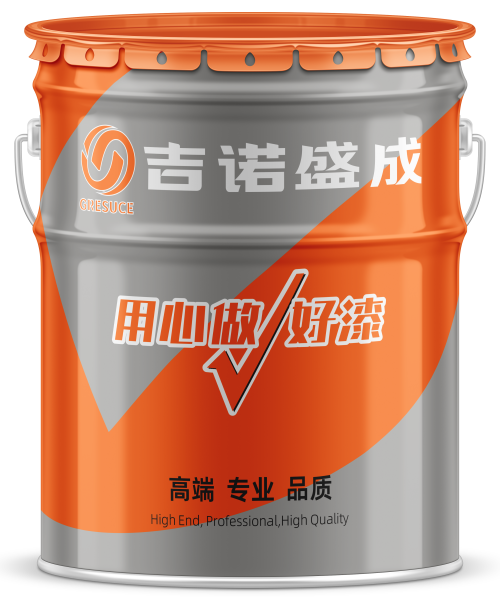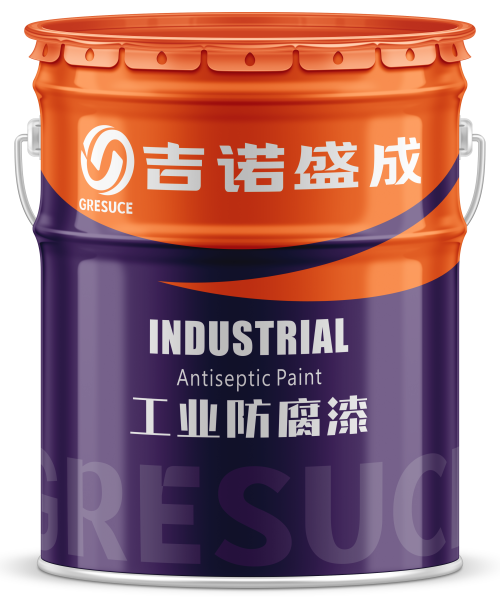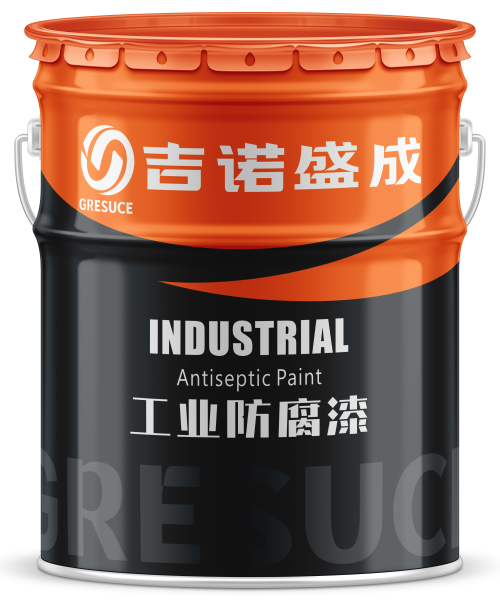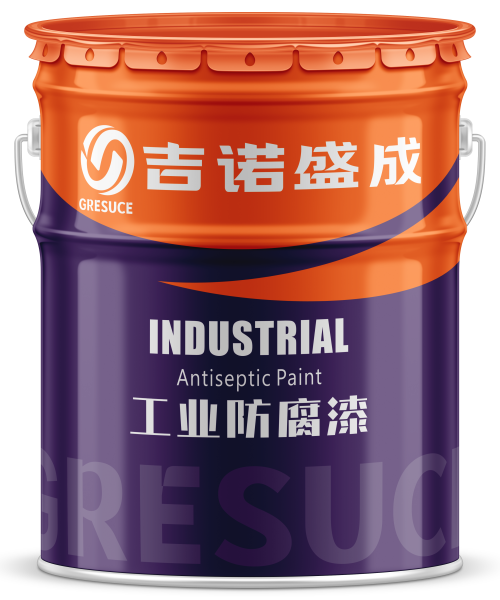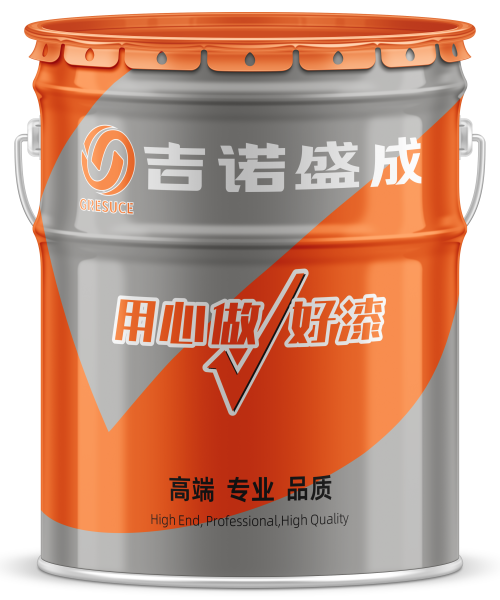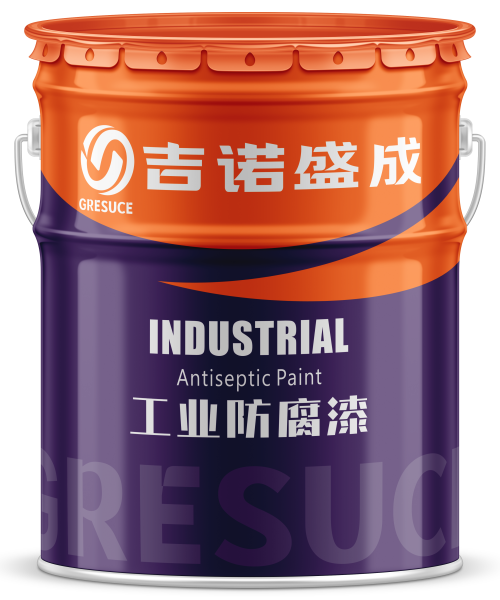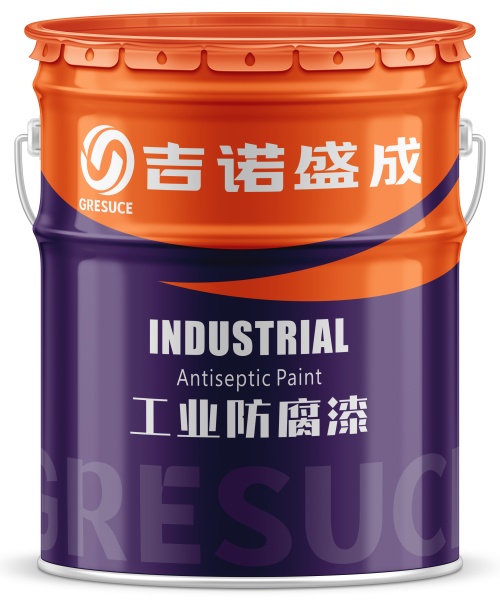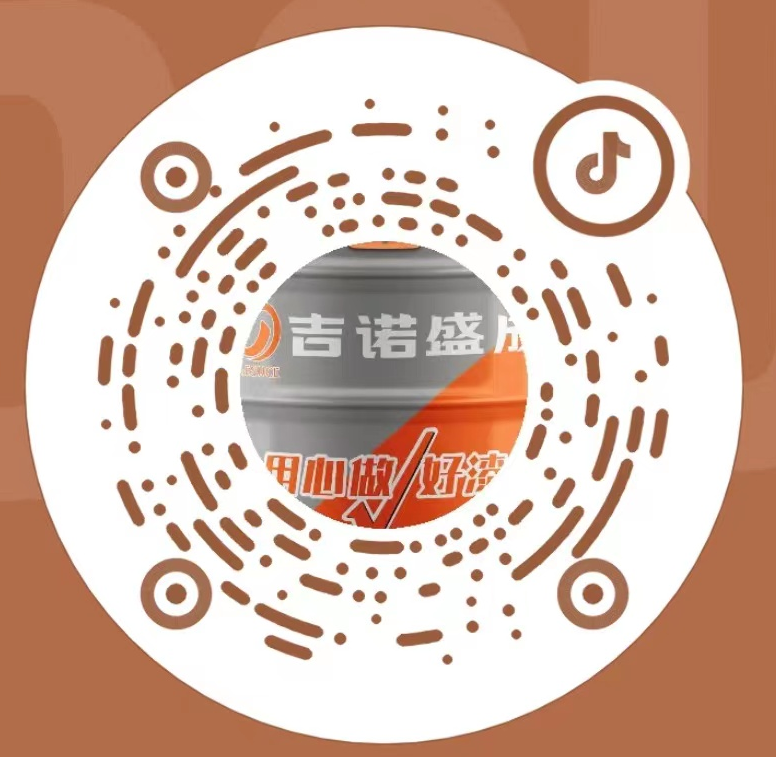What are the methods of paint application?
The methods of paint application can be primarily categorized into three types:
① Manual Tool Application: This is the traditional method of painting, which includes brush painting and roller painting.
② Mechanical Tool Application: This method is widely used and primarily involves spray gun painting, including air spraying, airless spraying, and hot spraying.
③ Mechanical Equipment Application: This includes methods such as dip coating, curtain coating, electrostatic spraying, and automatic spraying.
The choice of painting method is generally based on the condition of the object to be painted, the quality requirements for the coating, and the characteristics of the paint used.
Below are the commonly used painting methods:
Ⅰ,Brush Painting
Application Scope: Brush painting is the most traditional method, suitable for small areas, complex shapes, or hard-to-reach surfaces. It is commonly used in home decoration, furniture refurbishment, and small-scale repair projects.
Tools Required: Main tools include brushes of various sizes, paint buckets, and stirring sticks. This method is simple and requires minimal tools and environmental conditions.
Environmental Conditions: Best performed in windless, dry environments to avoid dust or moisture affecting the paint film. Typically done indoors or under sheltered conditions.
Suitable Paints: Suitable for most types of paints, such as alkyd paints, acrylic paints, and epoxy paints, especially for high-viscosity coatings.
Ⅱ,Roller Painting
Application Scope: Roller painting is suitable for large, flat, or regular surfaces, such as walls and floors. It is commonly used for interior and exterior wall painting in buildings.
Tools Required: Uses roller brushes and paint trays. It offers higher efficiency and is ideal for quickly covering large areas.
Environmental Conditions: Low environmental requirements, but extreme weather conditions should be avoided to ensure a smooth and even paint film.
Suitable Paints: Often used for high-viscosity coatings like latex paints and primers. Suitable for common water-based and oil-based paints in home and construction painting.
Ⅲ,Air Spraying
Application Scope: Air spraying is suitable for large areas requiring a smooth finish, such as car bodies, furniture, and large industrial equipment.
Tools Required: Requires an air compressor and spray gun to atomize the paint and apply it evenly. Ideal for high-quality surface painting.
Environmental Conditions: Best performed in clean, moderate-temperature environments to avoid dust and moisture affecting the coating.
Suitable Paints: Suitable for various types of paints, such as Acrylic Paints, Polyurethane Paints, and Fluorocarbon Paints, ensuring uniform and aesthetically pleasing coatings.
Ⅳ,Airless Spraying
Application Scope: Airless spraying is suitable for large areas and thick industrial coatings, such as bridges, storage tanks, and steel structures in anti-corrosion projects.
Tools Required: Uses an airless sprayer to apply paint at high pressure, enabling rapid application of thick coatings. Ideal for efficient construction.
Environmental Conditions: Requires well-ventilated environments to prevent paint mist from spreading to non-target areas.
Often used for high-viscosity coatings, such as Epoxy Zinc-Rich Primers and Epoxy Mica Iron Intermediate Paints, suitable for projects requiring durability and protection.
Ⅴ,Electrostatic Spraying
Application Scope: Electrostatic spraying is widely used for metal surfaces, such as appliance casings and automotive parts, providing uniform coatings.
Tools Required Uses electrostatic spray guns to evenly adhere paint to the workpiece surface through electrostatic action, reducing paint waste and improving efficiency.
Environmental Conditions: Requires dry, dust-free environments to ensure coating quality. Suitable for assembly lines and mass production.
Suitable Paints: Suitable for powder coatings and some liquid paints, such as high-temperature paints, baking paints, and epoxy powders.
Ⅵ,Robotic Spraying
Application Scope: Robotic spraying is suitable for large-scale, complex-shaped workpieces in automated painting, commonly used in automotive manufacturing and appliance production.
Tools Required: Equipped with robotic arms and automatic spray gun systems, enabling precise and repeatable painting operations.
Environmental Conditions: Suitable for industrial production lines, requiring high efficiency and precision.
Suitable Paints: Often used for high-end paints, such as automotive paints and industrial protective coatings, ensuring high-quality paint films.
Ⅶ,Dip Coating
Application Scope: Dip coating is suitable for small, complex-shaped workpieces, such as hardware parts and fasteners, ensuring full and even coverage.
Tools Required: Uses dip tanks. Workpieces are immersed in paint manually or mechanically to achieve uniform coverage.
Environmental Conditions: Requires clean environments to prevent paint contamination and ensure coating quality.
Suitable Paints: Often used for low-viscosity coatings, such as anti-rust paints and insulating paints, suitable for batch painting.
Ⅷ,Curtain Coating
Application Scope: Curtain coating is suitable for flat materials, such as wood panels, glass, and metal sheets, enabling rapid coverage of large surfaces.
Tools Required: Uses curtain coating machines to evenly apply paint using gravity. Ideal for industrial batch production.
Environmental Conditions: Requires precise control of coating speed and thickness to avoid sagging and ensure uniformity and aesthetics.
Suitable Paints: Suitable for low-viscosity coatings, such as varnishes, primers, and topcoats, widely used in furniture and architectural decoration.
